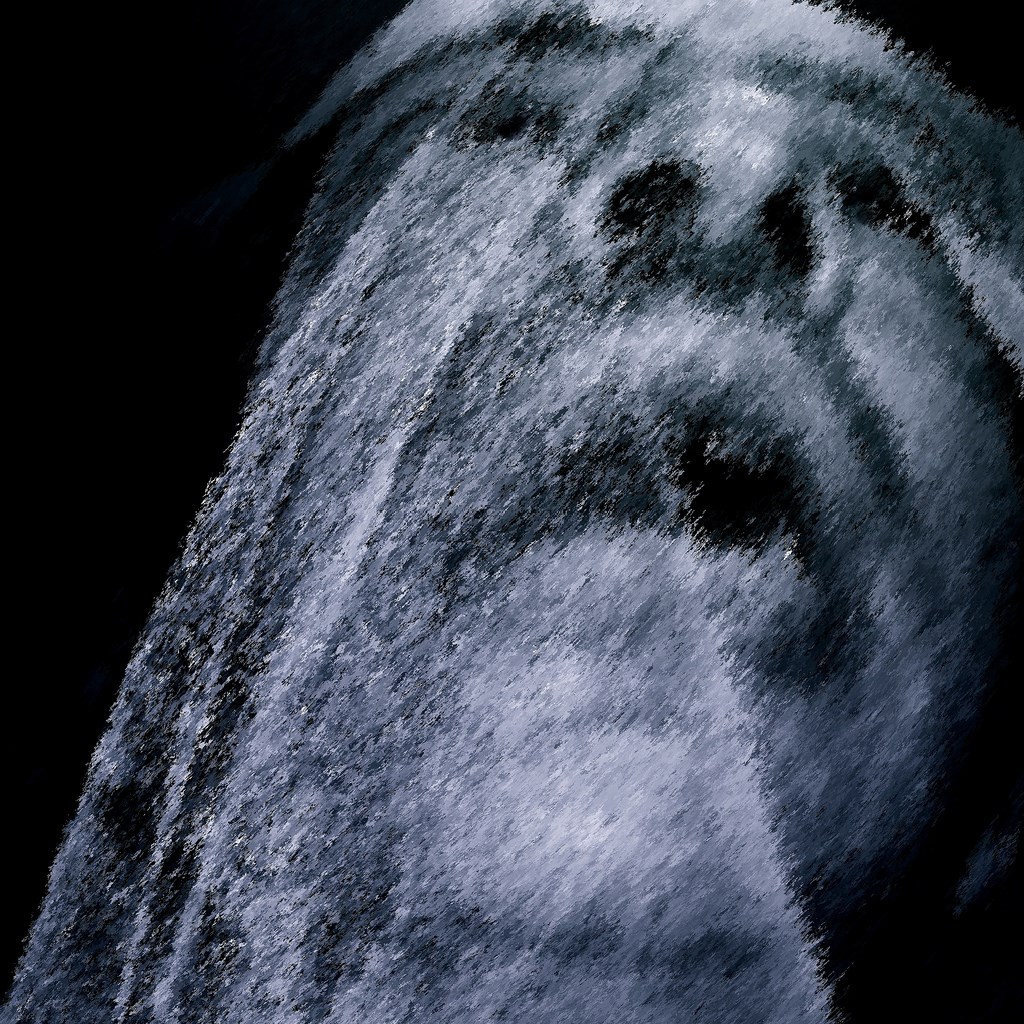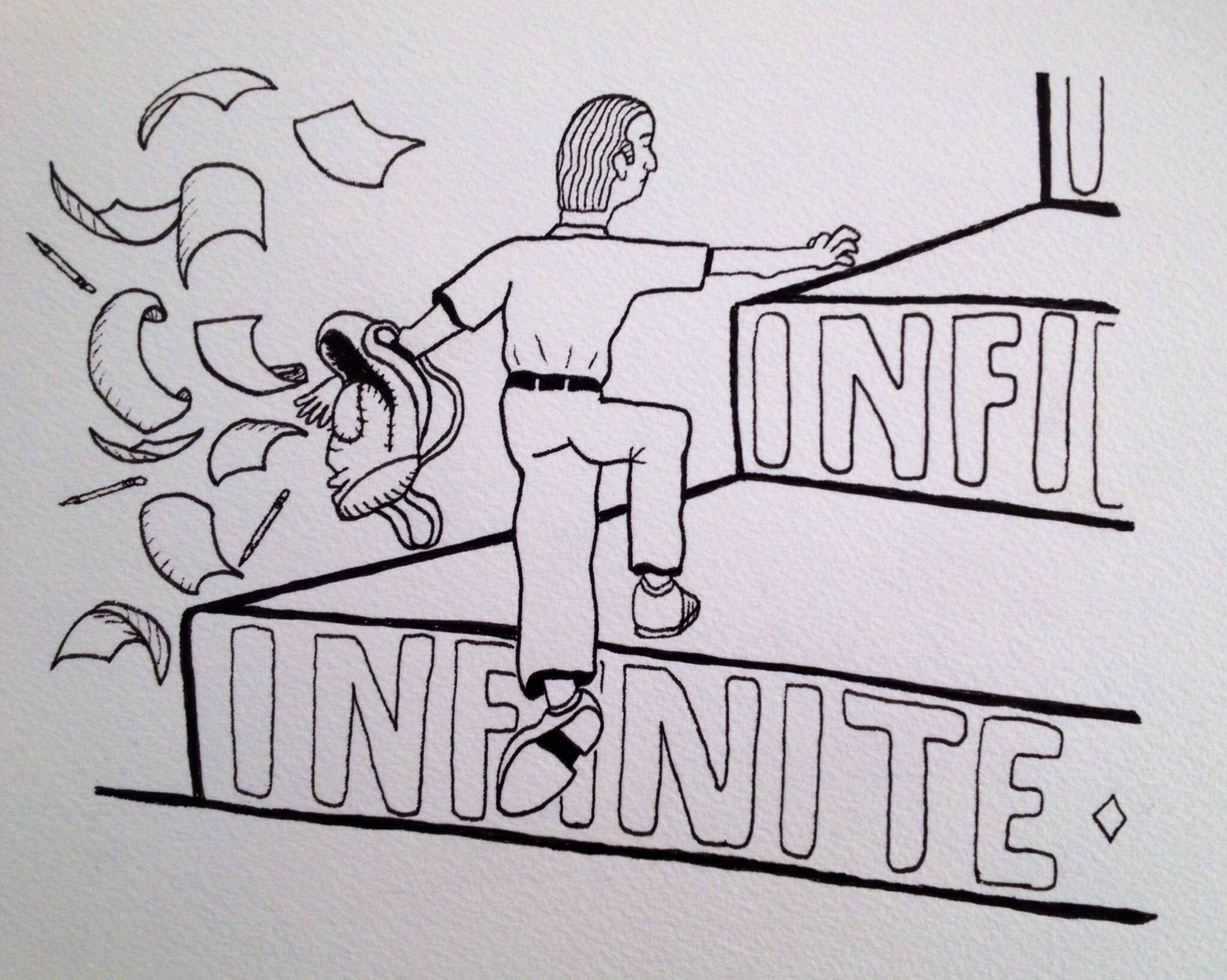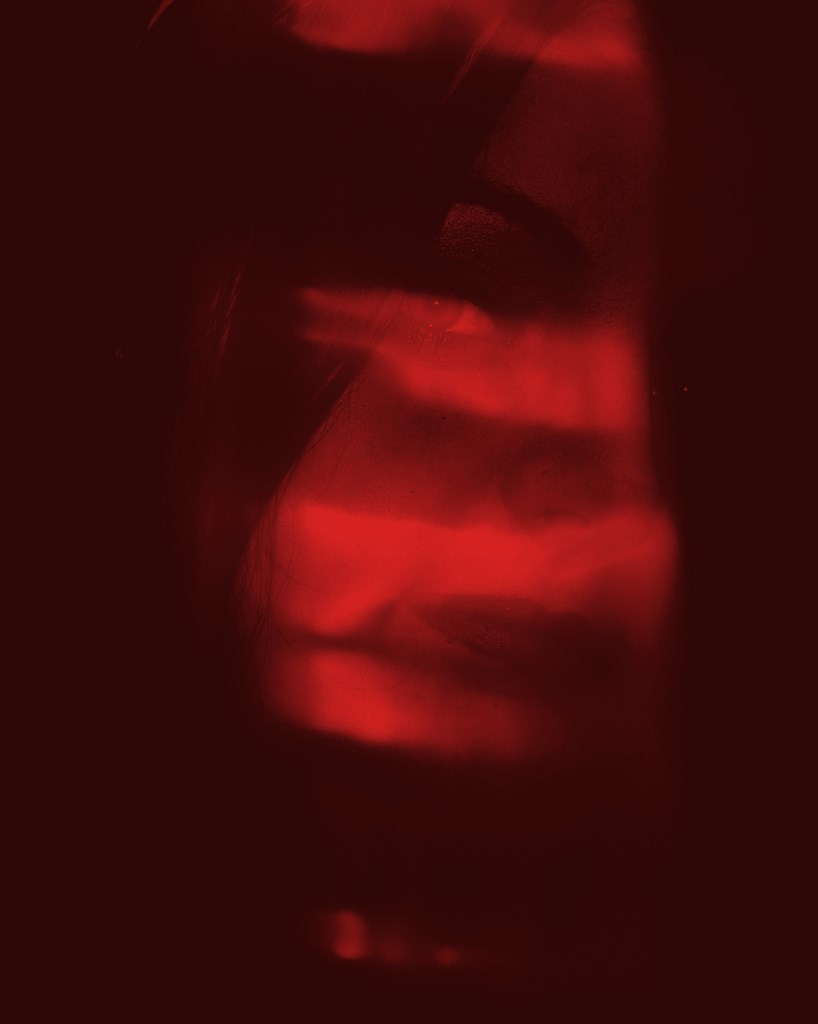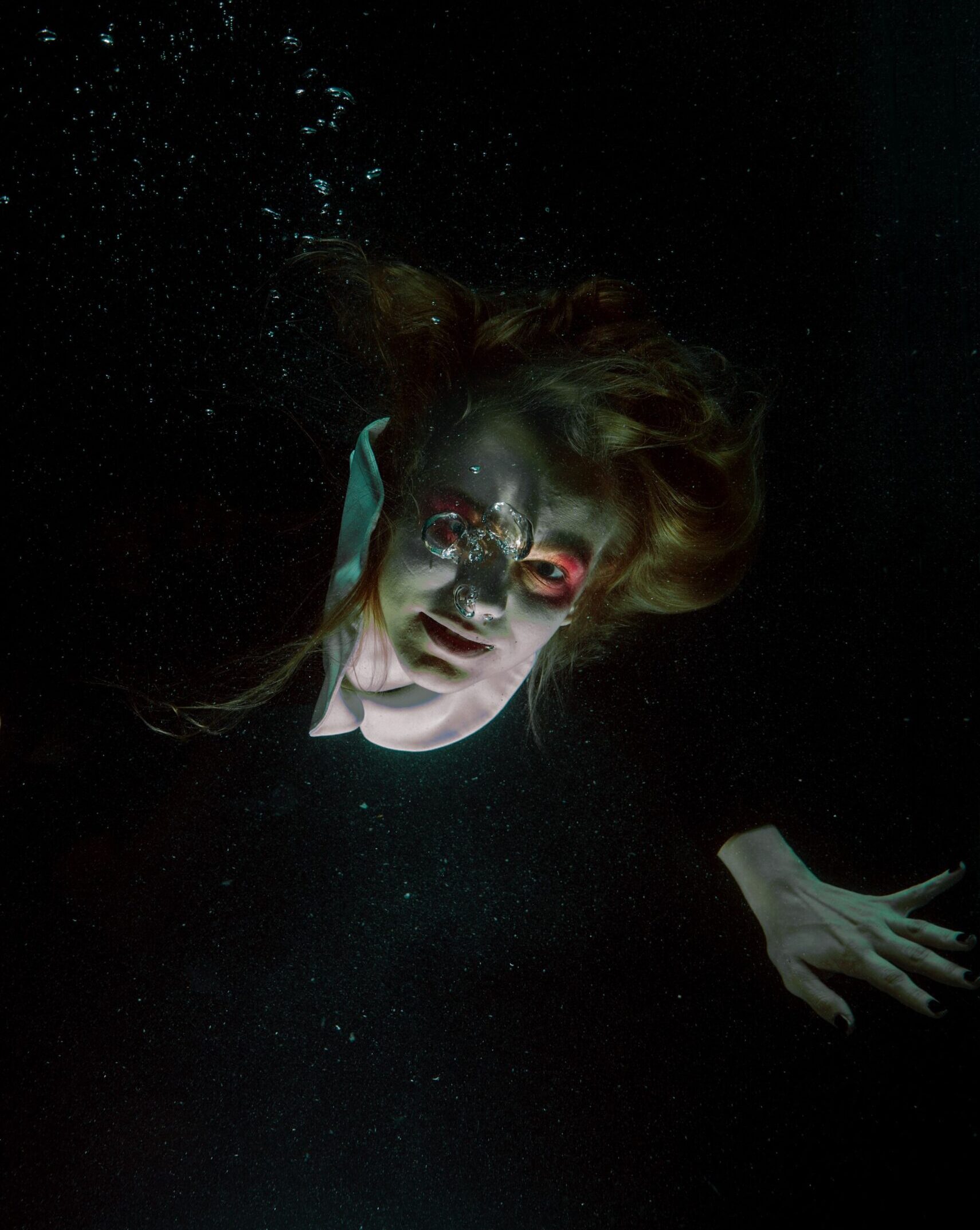
by Christopher Allen
This month in SmokeLong Fitness we’ve been working on writing tasks that explore various themes associated with dreams, so I thought I’d give the wider community of flash writers and teachers a few writing tasks with five SmokeLong narratives as prompts—all with dreams at their core. Maybe you’ll write with us this week?
As you’ll see, we can take “dreams” to so many places. But why do dreams make for a useful trope in flash? While the use of something universal is always a risk (of cliché, of the nothing-new-here feeling), the immediacy of something we all know helps plunge readers into the middle of a situation where so much work has already been done.
For lots of other topics in our Five From the Archive series, go HERE.
To find out more about SmokeLong Fitness, check out the Community section in the navigation bar at the top of any page on SmokeLong Dot Com.

1. “Cubalub” by Alex Eaker is a story of a mother hoping to understand her adult son. The point of view, the humor, and the elusive remnants of her son make for such an emotionally affecting story. The idea of “Cubalub” seems to come from the son’s dream and later reveals itself to the mother in dream. The nonsense word feels like the deep structure for the lost love between the characters. I get it: that indescribable thing between people.
Writing Task: Draft a story in which characters reach to dreams for understanding: understanding of their relationship, of self, of their life situation.
 2. “The House That Is Currently My Mother’s House (but Was Previously My Parents’ House and Will Soon Be a Stranger’s House) Is the Perfect Setting for Nightmares” by Liz Declan tells a story of childhood sexual abuse (content warning) and physical abuse—a story that needs to be told. In the SmokeLong submissions queue we read a lot of stories that deal with these themes.
2. “The House That Is Currently My Mother’s House (but Was Previously My Parents’ House and Will Soon Be a Stranger’s House) Is the Perfect Setting for Nightmares” by Liz Declan tells a story of childhood sexual abuse (content warning) and physical abuse—a story that needs to be told. In the SmokeLong submissions queue we read a lot of stories that deal with these themes.
Writing Task: Please do not feel you need to explore childhood sexual abuse, but also please give yourself permission if this story and this prompt inspire you to do so. In your draft, consider how Declan uses the house as the setting for the possible futures. Consider also the point of view, speaking directly to the abuser. In the end, your nightmare/draft does not need to be about abuse (unless it does).
 3. “Recurring Dreams Inspired by David Foster Wallace’s Post-Modern Classic Infinite Jest” by Jeff Bakkensen is just what the title promises. The narrator, stuck between the pages 448 and 449, is dogged by the tome in his dreams. I think anyone who has attempted Infinite Jest can understand its usefulness in a story built upon the structure of the recurring dream/nightmare. Recurring dreams are a diamond mine of unresolved conflict, and so is David Foster Wallace’s 1104-page romp for the millions of people who gave up on it. An academic private joke? Maybe.
3. “Recurring Dreams Inspired by David Foster Wallace’s Post-Modern Classic Infinite Jest” by Jeff Bakkensen is just what the title promises. The narrator, stuck between the pages 448 and 449, is dogged by the tome in his dreams. I think anyone who has attempted Infinite Jest can understand its usefulness in a story built upon the structure of the recurring dream/nightmare. Recurring dreams are a diamond mine of unresolved conflict, and so is David Foster Wallace’s 1104-page romp for the millions of people who gave up on it. An academic private joke? Maybe.
Writing Task: Draft a three-part story based on a recurring dream. Before you begin, read THIS ARTICLE on why we have recurring dreams. Plus points if the theme of your recurring dream is something all readers can relate to.

4. “Parasomnia” by Emily Jane Young employs magic realism to tackle the time-worn topic of love between humans. The story is a take on the idea of the “heart-to-heart” talk. As you can imagine, this story gives us an actual discussion with a heart. It gets squishy.
Parasomnia is any abnormal disruption of sleep including sleepwalking, sleeptalking, nightmares, bedwetting, sleep apnea, or nighttime seizures to name a few. And for this story we’ll include when the heart goes for a walk in the night. I hate it when that happens.
Writing Task: For this draft, consider something that disrupts your characters’ sleep. You might choose from the list above if you want a quick start, or you might choose something from your own past. Plus points if your draft ascends into magic realism.
 5. “Anxiety Dreams” by Timothy Boudreau gives us the surreal jumble of impressions we’d expect from dreams. As we’ve discussed previously in the SmokeLong Fitness workshop, “Anxiety Dreams” is an excellent example of literary surrealism, which is related to dreams but not synonymous. Not all dreams adhere to the contraints of literary surrealism, and not all works of literary surrealism are dreams no matter how dreamlike they might seem.
5. “Anxiety Dreams” by Timothy Boudreau gives us the surreal jumble of impressions we’d expect from dreams. As we’ve discussed previously in the SmokeLong Fitness workshop, “Anxiety Dreams” is an excellent example of literary surrealism, which is related to dreams but not synonymous. Not all dreams adhere to the contraints of literary surrealism, and not all works of literary surrealism are dreams no matter how dreamlike they might seem.
The elements of literary surrealism: juxtaposition of disparate narrative elements, automatism (sleepwalking is a type of automatism), amorphic bodies, and perversion.
Writing Task: Free-write for as long as you can, but try to do this for at least 30 minutes. Allow your mind to do whatever it wants or doesn’t want. While you’re drafting, don’t worry about “the elements of literary surrealism.” For the committed: free-write every day for a week, then return to your scribbles to glean ideas for three stories. Weave these stories into a modular story that challenges the reader to make the connections.
